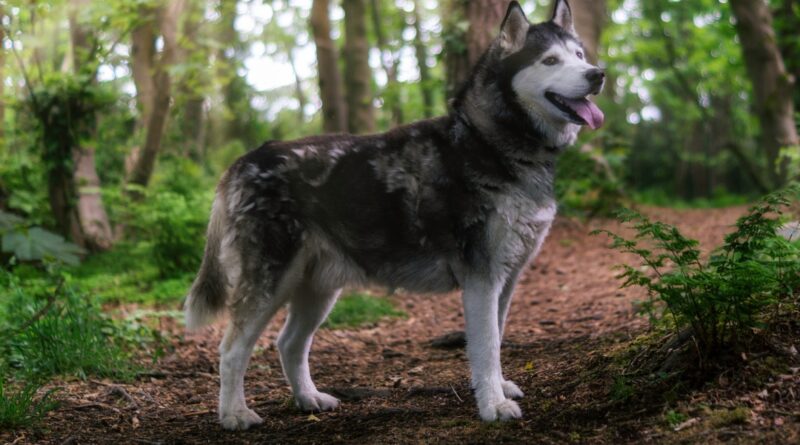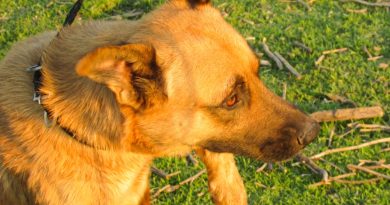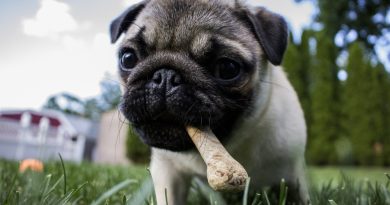Siberian Husky: the perfect companion for outdoor adventures?
Siberian Husky: the perfect companion for outdoor adventures?
The Siberian Husky, with its dense fur and piercing eyes, is an unmistakable dog breed that captures the imagination of many.
Originally bred to pull sleds in cold climates, these sturdy and athletic dogs are known for their endurance, intelligence, and loyalty.
But is the Siberian Husky truly the perfect companion for outdoor adventures?
History and Origin:
Siberian Huskies descend from ancestral sled dogs from Siberia, a region of Asia characterized by extremely cold climates.
Over the centuries, these dogs were selected for their ability to endure long distances in arctic conditions, pulling sleds loaded with people and goods.
Physical Characteristics:
The Siberian Husky stands out for its striking appearance. They are medium-sized dogs, standing between 53 and 60 cm at the withers and weighing between 16 and 27 kg.
Their dense, double coat, consisting of thick, woolly fur, protects them from the cold and snow.
The most common colors are black and white, brown and white, and agouti (a mixture of colors).
Their eyes, in shades of blue, brown, or heterochromatic (one of each color), convey a vigilant and intelligent expression.
Temperament and Personality:
Siberian Huskies are energetic, intelligent, and independent dogs.
They were bred to work in teams, which makes them sociable with other dogs and people.
However, it’s important to keep in mind that, due to their strong hunting instinct, they may be wary of smaller animals.
Care and Health:
Like any other dog breed, Siberian Huskies need regular care to stay healthy and happy.
This includes daily physical exercise, quality nutrition, regular grooming, and veterinary visits.
Training and Obedience:
Training a Siberian Husky requires patience, persistence, and positive reinforcement techniques.
As intelligent dogs, they respond well to commands and training.
It’s important to start socialization early so they become accustomed to different people, animals, and environments.
Physical Activity and Sports:
Siberian Huskies were bred to pull sleds, which means they need plenty of physical exercise.
Long walks, runs, canicross (running with the dog attached to the waist), and other sports are great options to keep these dogs active and mentally stimulated.
Apartment Living:
Raising a Siberian Husky in an apartment can be challenging as they need plenty of space to move around.
If you live in an apartment, it’s important to ensure you can provide your dog with enough physical and mental exercise to keep them happy and healthy.
Compatibility with Children and Animals:
Siberian Huskies can be excellent companions for children, as long as there is constant supervision and socialization is started early.
Their playful and friendly nature can make them fun playmates for older children.
However, it’s important to teach children to respect the dog and how to interact with them safely.
Due to their strong hunting instinct, Siberian Huskies may be cautious or even aggressive towards smaller animals such as cats, rabbits, or rodents.
If you already have other pets, it’s essential to introduce them gradually and supervise interactions to ensure everyone’s safety.
Siberian Husky as a Working Dog:
In addition to being fantastic companions for active living, Siberian Huskies also have innate working abilities.
Their vigor and endurance make them ideal for pulling sleds on snow expeditions or sled racing competitions (mushing).
Canicross, a sport where the dog runs attached to the owner’s waist, is also a great option to channel the energy of these dogs.
Other work activities, such as bikejoring (cycling with the dog attached to the bike) and skijoring (skiing with the dog attached to the skier), can also be explored depending on the dog’s aptitude and interest.
Legends and Curiosities:
There are many legends and curiosities surrounding Siberian Huskies.
One of them is the belief that they don’t bark, but in fact, they vocalize in various ways, including characteristic howls.
Another legend says that they don’t feel cold, which is partially true due to their dense fur.
However, like any other dog, they need shelter and protection in extremely cold climates.
An interesting fact is that Siberian Huskies have a self-cleaning coat, similar to that of cats.
This means they regularly dust bathe to keep their fur clean and free of oil.
Conclusion:
The Siberian Husky is an impressive dog breed, full of energy, intelligence, and beauty.
If you lead an active and adventurous lifestyle and can provide your dog with daily physical and mental exercise, the Siberian Husky can be the perfect companion for you.
However, it’s important to remember that these dogs require a lot of time, dedication, and training.
Carefully evaluate your lifestyle and the breed’s needs before making the decision to adopt a Siberian Husky.
Frequently Asked Questions:
Advance to the next page to see the most relevant questions about this topic; many questions may answer your doubts.



